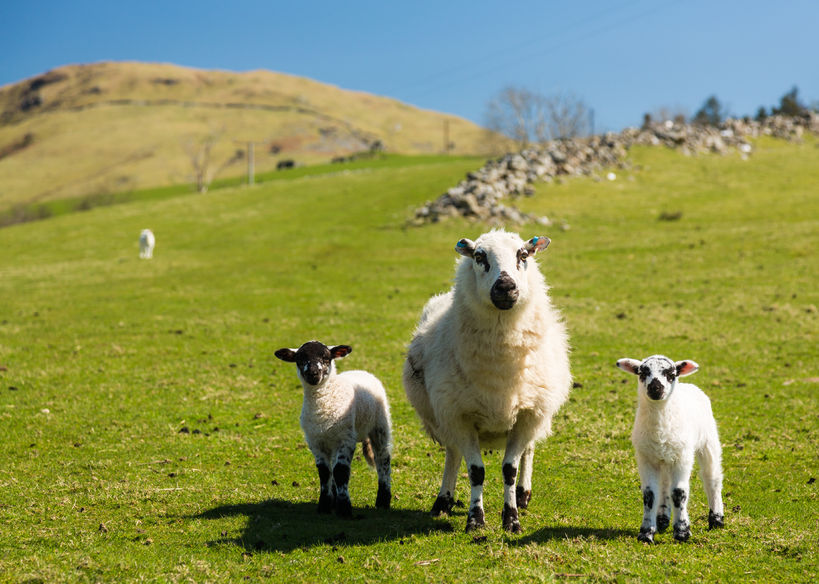
Much of England, Wales and lower lying ground in Scotland and Northern Ireland are now at a high risk of nematodirus, animal health experts warn.
Nematodirus is a tricky worm to guard young lambs against as the level of risk is strongly linked to weather patterns, according to the Sustainable Control of Parasites in Sheep (SCOPS) group.
So far, spring 2023 has seen variable temperatures, with unseasonably cool spells followed by warmer periods.
But SCOPS experts warn that this means farmers need to better understand the risks to their lambs.
The group's free Nematodirus Forecast helps farmers to predict the risk to individual flocks via a traffic light system that is updated daily from 140 weather stations.
Users can select their nearest or most representative weather station to check the level of risk, and access advice on higher levels of risk for lower lying ground and/or south-facing slopes.
There is also a wider risk assessment and information on treatment options and possible management actions.
Nematodirus battus, the parasite that causes nematodirosis, is unusual because eggs dropped by lambs in the spring overwinter on ground grazed by sheep but don’t hatch until the following spring once temperatures exceed 10°C.
Young lambs that are starting to graze and have no immunity to these worms are susceptible to disease, particularly if there is a sudden increase in temperatures causing a mass hatch of the nematodirus eggs.
Experts at SCOPs warn that this can have devastating consequences for lambs that are six to 12 weeks of age.
Dr Fiona Lovatt of Flock Health, whose uses the free service, says: "I like to keep an eye on the stations closest to a farm and track them from week to week as they turn yellow (low risk) and then orange (moderate risk).
"The stations almost always have a week at red (high risk) before they turn black (very high risk), so we can be ready to time treatments precisely and not be faced with deaths due to untreated vulnerable lambs in high risk fields.”
Zoe Wall, an SQP based in Devon, would like to see more farmers use the forecast. “It’s the first tool I signpost my customers to when discussing nematodirus," she says.
"It provides up-to-date and relevant information that can help ensure farmers are worming at the right time, saving themselves time and money, as well as increasing welfare and productivity on the farm.”
